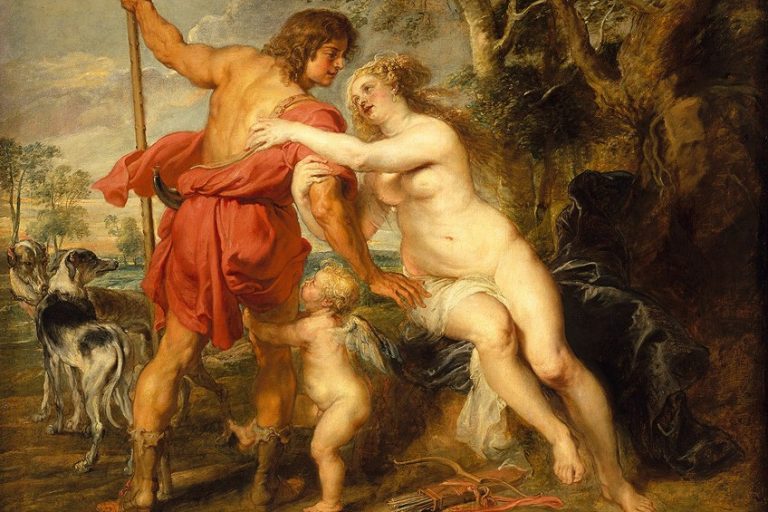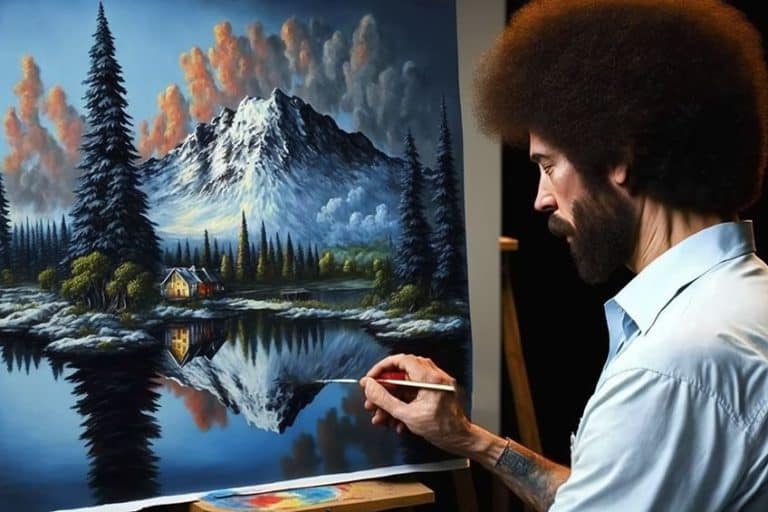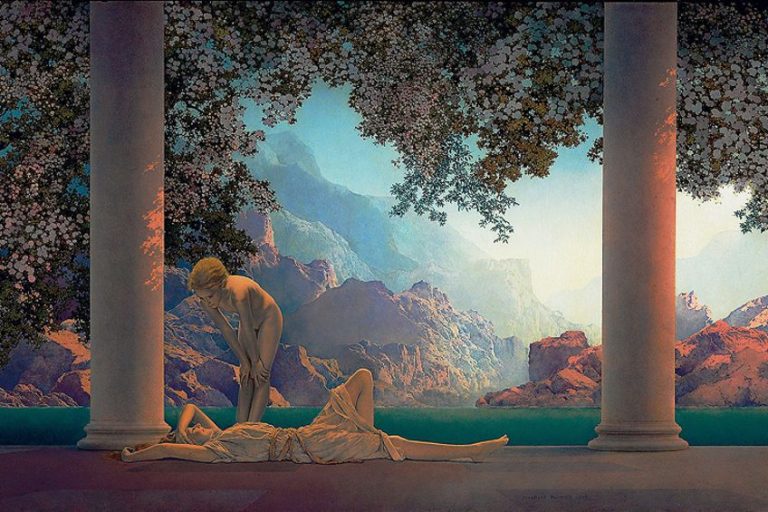Roy DeCarava – The Master of Monochrome
Roy DeCarava was a pioneering American photographer known for his groundbreaking work in capturing the nuances of African American life and culture. Born in 1919 in New York City, DeCarava’s photographs often focused on everyday scenes, portraying the beauty and complexity of Black life in America. His mastery of light and shadow, coupled with his deep understanding of human emotions, infused his images with a profound sense of intimacy and depth. Throughout his career, DeCarava’s work challenged stereotypes and offered a powerful visual narrative of resilience, dignity, and joy within the Black community.
Key Takeaways
- Roy DeCarava was a masterful photographer whose images insightfully represented the African American community and jazz musicians in New York City.
- Through his distinctive use of light and shadow, DeCarava crafted deeply human and intimate visual stories.
- DeCarava’s legacy as an artist is marked by his influence on photography as a medium for cultural and social documentation.
Early Life and Education
| Birth | December 9, 1919 |
| Death | October 27, 2009 |
| Place of Birth | Harlem, New York City, United States |
| Genre of Work | Photography, documentary photography, and portraiture |
Roy DeCarava was an influential American photographer recognized for his poignant and profound depictions of African American life, particularly in New York City. His work not only captures the everyday experiences of the people in these communities but also the vibrance of jazz musicians who were integral to the cultural landscape. Born in Harlem, DeCarava’s artistic journey began in a time of societal change and upheaval, and his photographs tell stories that transcend the era in which they were taken.
Unveiling a deep connection with his subjects and his environment, DeCarava’s photographs are characterized by their use of light and shadow, turning ordinary scenes into works of compelling beauty. Although initially interested in painting, his commitment to producing relatable and truthful images of African Americans led him to pursue photography as his medium of choice.
His dedication to his craft was matched by his desire to present a more personalized and dignified portrayal of black life, one that countered the prevailing and oftentimes stereotypical narratives found in mainstream media.
Formative Years
Roy DeCarava was born on December 9, 1919, in Harlem, New York. His initial education took place against a backdrop of artistic flourishing known as the Harlem Renaissance. During this time he experienced a diversity of African American cultural expression, which would later inform his photographic work. After completing high school, DeCarava continued his education with a focus on art.
Mature Career
DeCarava’s mature career was marked by an important transition from painting to photography. He attended the Cooper Union School of Art but left after two years, driven by the desire for a less conservative environment to develop his art.
This led him to the George Washington Carver Art School and later the Harlem Community Art Center, where he found greater freedom to explore African American subjects and themes in his work.
Late Career and Death
Throughout his late career, DeCarava remained focused on capturing the nuances and complexities of African American life. His enduring impact on photography was marked not only by his imagery but also by his role as an educator, which he assumed later in life. He passed away on October 27, 2009, leaving behind a body of work that continues to influence and inspire to this day.
Pivotal Works and Collaborations
Roy DeCarava’s contributions to photographic art are distinguished by significant projects and partnerships, particularly those that encapsulate the cultural essence of African American life.
The Sweet Flypaper of Life (1955)
Roy DeCarava joined forces with renowned poet Langston Hughes to create The Sweet Flypaper of Life. This seminal book, published in 1955, interwove DeCarava’s black and white photographs with Hughes’s narrative text, offering a poignant view of Harlem’s residents. The collaboration achieved both critical and popular success, solidifying its status as a pivotal work within DeCarava’s oeuvre.
The Sound I Saw (2001)
The Sound I Saw is another of DeCarava’s defining works, albeit one that was largely unpublished during his early years. The project presents an intimate exploration of the world of jazz musicians, capturing the rhythm and atmosphere inherent in the lives of performers like John Coltrane. Though not released during the same period as The Sweet Flypaper of Life, the work stands as an independent testimony to DeCarava’s profound engagement with jazz culture.
DeCarava’s achievements in photography were further recognized when Edward Steichen included his work in the Family of Man exhibition at the Museum of Modern Art (MoMA) in 1955. This exhibition helped establish DeCarava’s reputation as a photographer whose work transcended documentary photography and entered the realm of fine art.
Cultural and Artistic Context
Roy DeCarava’s work was deeply intertwined with the cultural movements that shaped African American history and identity in the 20th century. His photographs not only captured moments in time but also served as a conduit for the artistic and social currents that ran through Harlem and influenced the broader American cultural landscape.
Harlem Renaissance
The Harlem Renaissance was a vibrant flowering of African American cultural, social, and artistic life predominantly in the 1920s and 1930s. DeCarava’s work, reflecting later generations, drew inspiration from this period’s emphasis on promoting the cultural contributions of African Americans. Artists like Jacob Lawrence, who visually chronicled the African American experience, were influential during the Harlem Renaissance and DeCarava followed in the tradition of portraying the life and struggles of his community.
His photographs offered a candid and often introspective look at Harlem’s inhabitants, mirroring the artistic celebration of black culture and life that the Harlem Renaissance stood for.
Civil Rights Movement
DeCarava’s lens also captured the spirit of the Civil Rights Movement during a time of profound social and political change. As a social realist, his photography chronicled the ordinary lives of African Americans, echoing the movement’s mission to assert the dignity and rights of the black community. His images were more than mere documentation; they evoked the mood and challenges of the era, inviting viewers to understand the intimate realities of the struggle for equality. Through his artistry, DeCarava achieved a level of nuance and emotional depth that underscored the human dimensions of the Civil Rights Movement.
Influence and Legacy
Roy DeCarava’s contributions to photography and art continue to resonate, marked by a distinct influence on the arts, recognition from esteemed institutions, and an enduring impact on today’s artists.
Artistic Influence
DeCarava’s unique vision in photographing the African American experience, particularly in Harlem, drew attention for its depth and compassion. He has inspired a generation of artists, including contemporary filmmaker and artist Kahlil Joseph, who has adapted DeCarava’s approach to reflect modern America in works with artists like Flying Lotus and Kendrick Lamar.
His photographs conveyed emotion and narrative that transcended the conventions of his time.
Awards and Recognition
Roy DeCarava was a recipient of prestigious awards such as the Guggenheim Fellowship, which acknowledged his exceptional capacity for creative output. His artistic accomplishments were further recognized when he was honored with the National Medal of Arts. These accolades are testament to his lasting influence on the arts and his significant body of work.
- Museum of Modern Art (MoMA): Exhibited DeCarava’s work, bolstering his reputation and cementing his role in the art world.
- Guggenheim Fellowship: Awarded to DeCarava for his excellence in photography.
- National Medal of Arts: Received in accolade of his contribution to the arts and society.
- Smithsonian American Art Museum: Includes DeCarava’s works, recognizing their importance in American art history.
Legacy of Roy DeCarava Today
DeCarava’s legacy lives on through his enduring works displayed at prominent institutions like the Museum of Modern Art and the Smithsonian American Art Museum. His photographs capturing the fabric of African American life have left a significant mark on both the art community and society at large. They continue to speak on a personal and cultural level, impacting artists and audiences even today.
Roy DeCarava’s legacy as a photographer transcends mere imagery; it encapsulates a profound narrative of Black identity, resilience, and humanity. His ability to capture the subtleties of everyday life with a nuanced understanding of light and emotion has cemented his place as a pivotal figure in American photography. DeCarava’s work continues to inspire and provoke thought, reminding us of the power of visual storytelling in shaping our perceptions of culture, identity, and the human experience.
Frequently Asked Questions
What Is the Significance of Roy DeCarava’s Photography Style?
He had a unique style that frequently captured the nuances of black-and-white photography. His work stands out for its deep tonal range and the ability to depict African American experiences with both subtlety and profound resonance.
Which of Roy DeCarava’s Photos Are Considered His Most Famous Works?
Among DeCarava’s most renowned photographs are images like Graduation, Couple Walking, and his poignant portraits of jazz legends such as John Coltrane. These works are celebrated for their emotional depth and artistic brilliance.
How Did Roy DeCarava Contribute to the Art World?
He contributed significantly by challenging the norms of fine art photography and by representing subjects in a manner that prioritized their humanity and individuality. His work also demonstrated the importance of cultural context in visual storytelling, influencing countless photographers and artists.
In What Ways Did Roy DeCarava Influence the Harlem Renaissance Through His Photographs?
While he was not active during the historical period known as the Harlem Renaissance, his work had a retrospective influence in how it captured the essence of Harlem life. His photographs of Harlem and its residents during the mid-20th century created a visual narrative that documented and celebrated African American culture, echoing the Harlem Renaissance’s celebration of Black excellence and artistic expression.
Isabella studied at the University of Cape Town in South Africa and graduated with a Bachelor of Arts majoring in English Literature & Language and Psychology. Throughout her undergraduate years, she took Art History as an additional subject and absolutely loved it. Building on from her art history knowledge that began in high school, art has always been a particular area of fascination for her. From learning about artworks previously unknown to her, or sharpening her existing understanding of specific works, the ability to continue learning within this interesting sphere excites her greatly.
Her focal points of interest in art history encompass profiling specific artists and art movements, as it is these areas where she is able to really dig deep into the rich narrative of the art world. Additionally, she particularly enjoys exploring the different artistic styles of the 20th century, as well as the important impact that female artists have had on the development of art history.
Learn more about Isabella Meyer and the Art in Context Team.
Cite this Article
Isabella, Meyer, “Roy DeCarava – The Master of Monochrome.” Art in Context. May 2, 2024. URL: https://artincontext.org/roy-decarava/
Meyer, I. (2024, 2 May). Roy DeCarava – The Master of Monochrome. Art in Context. https://artincontext.org/roy-decarava/
Meyer, Isabella. “Roy DeCarava – The Master of Monochrome.” Art in Context, May 2, 2024. https://artincontext.org/roy-decarava/.











